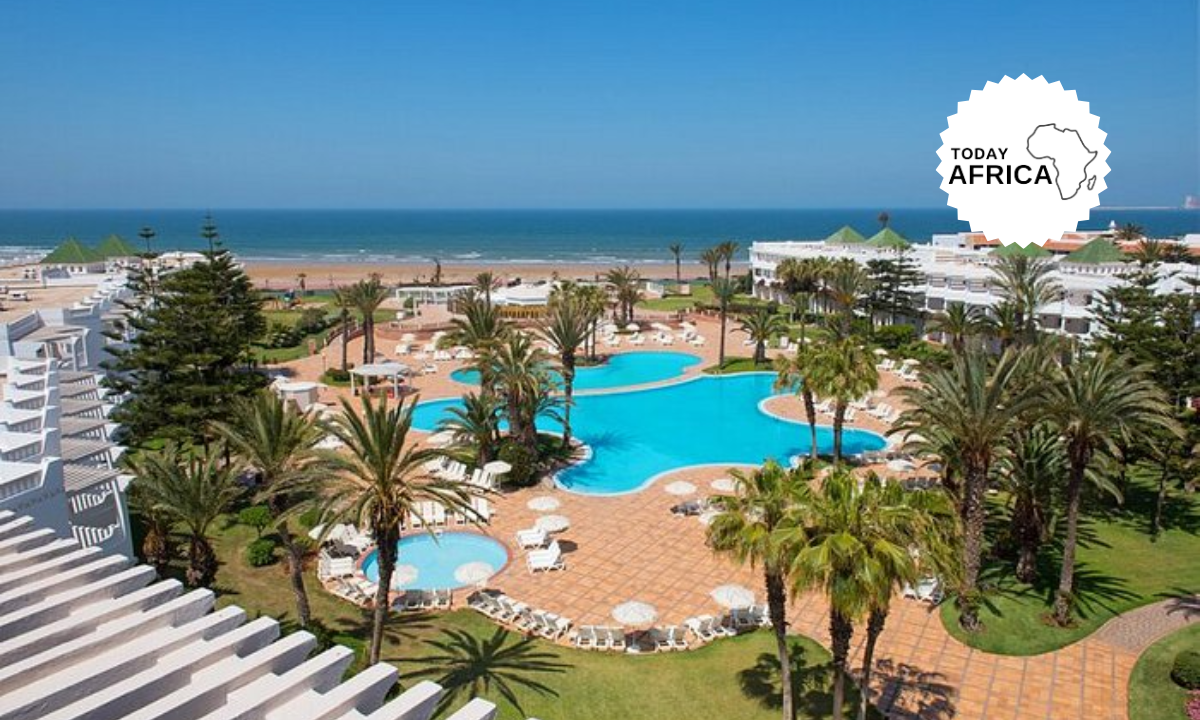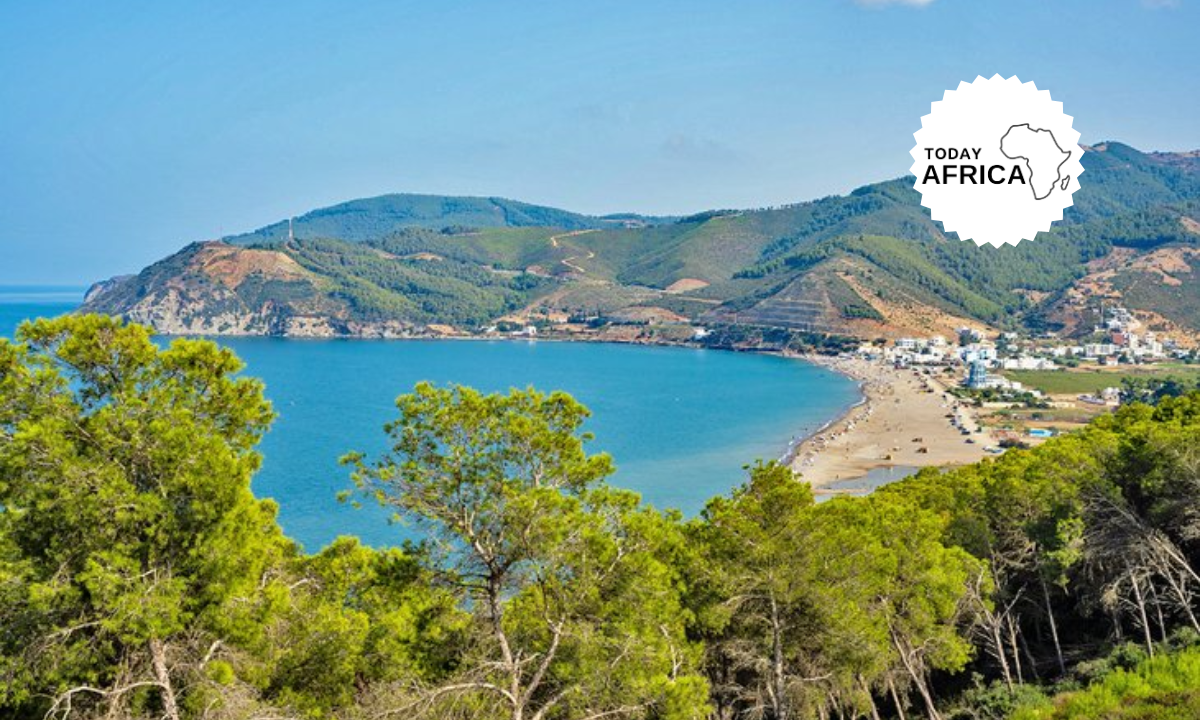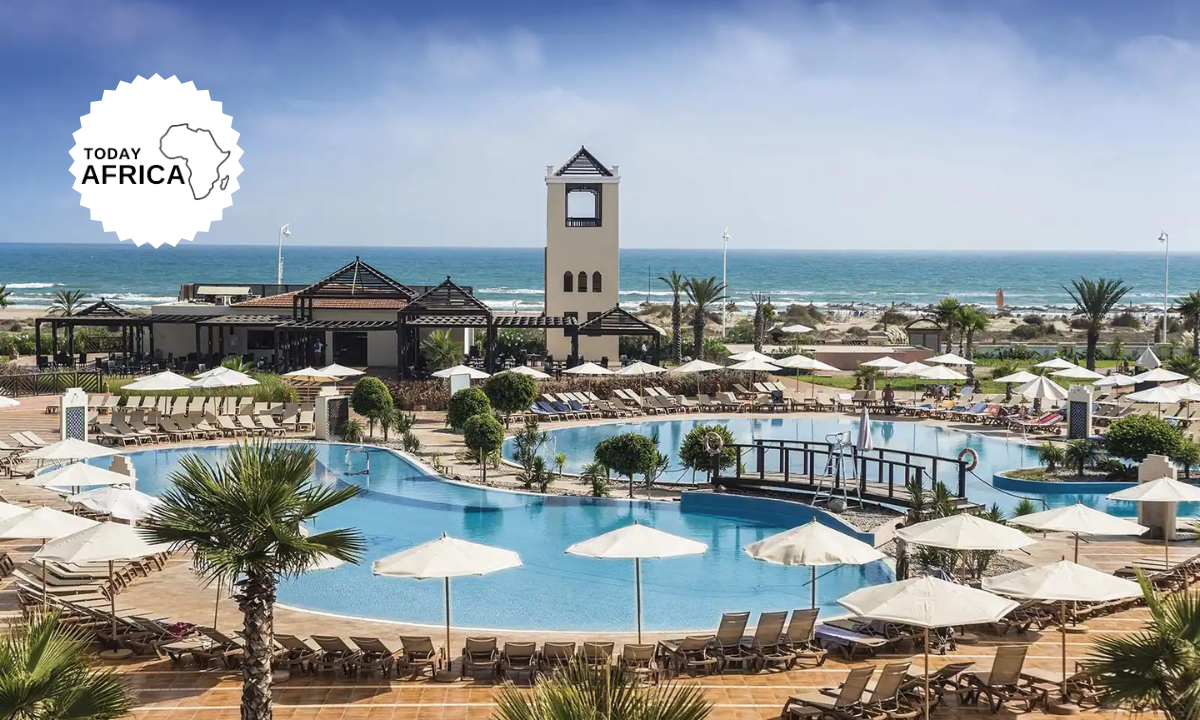In this blog post, we’ll discuss the best tourist attractions in Egypt, from the awe-inspiring pyramids and temples to bazaars and scenic Nile cruises.
Why Egypt?
Egypt is a destination that never ceases to amaze travelers with its timeless monuments, vibrant culture, and breathtaking landscapes. A country synonymous with mystery, ancient civilization, and architectural marvels. The country’s history spans over 5,000 years, offering travelers a unique chance to step back in time while enjoying modern amenities and vibrant local life.
Reasons why you should visit Egypt
- Rich history: Home to one of the world’s oldest civilizations, Egypt boasts historical sites that date back millennia. The remnants of pharaonic rule—temples, tombs, and monuments—continue to intrigue visitors from around the globe.
- Cultural fusion: Egypt’s cultural landscape is as diverse as its history. From bustling markets and traditional music to contemporary art scenes and gourmet dining, the country offers a blend of old and new.
- Natural beauty: The serene flow of the Nile, the contrasting landscapes of the desert and the Mediterranean, and the crystal-clear waters of the Red Sea provide an endless array of scenic vistas.
- Warm hospitality: Egyptians are known for their friendly and welcoming nature. Whether you’re navigating ancient ruins or modern streets, you’ll find locals eager to share the story of their country.
Best time to visit Egypt
The best time to explore the best tourist attractions in Egypt is during the cooler months—from October to April. November, in particular, offers pleasant daytime temperatures and fewer crowds. Summer can be extremely hot, especially in desert areas like Luxor and Aswan. Plan your outdoor visits in the early morning or late afternoon.
Navigating tourist sites
Local guides not only enhance your understanding of historical contexts but also help you navigate busy sites and avoid common tourist traps. In markets like Khan el-Khalili, bargaining is expected. Keep small bills handy and enjoy the friendly negotiation process. While Egypt is a modern country, it is important to dress modestly—especially when visiting religious sites. Lightweight, loose-fitting clothing is ideal for the climate.
Transportation tips
For a memorable experience, book a Nile cruise that includes stops at major historical sites. Felucca rides are also a charming way to explore the river. For long distances (e.g., Cairo to Luxor or Aswan), consider domestic flights to save time. Use reputable taxi services and agree on fares before starting your journey. Many cities now offer ride-hailing apps similar to Uber.
Currency and payments
The local currency is the Egyptian pound (EGP). While many tourist spots accept major credit cards, it’s a good idea to have cash for smaller purchases and market visits. Tipping, or “baksheesh,” is customary. Even a small tip is appreciated and can make a difference in service quality.
Top Ancient Attractions
When discussing the best tourist attractions in Egypt, no list is complete without the country’s most iconic ancient sites. These landmarks are not only UNESCO World Heritage sites but also living testaments to human ingenuity and artistic expression.
1. Pyramids of Giza and the Great Sphinx
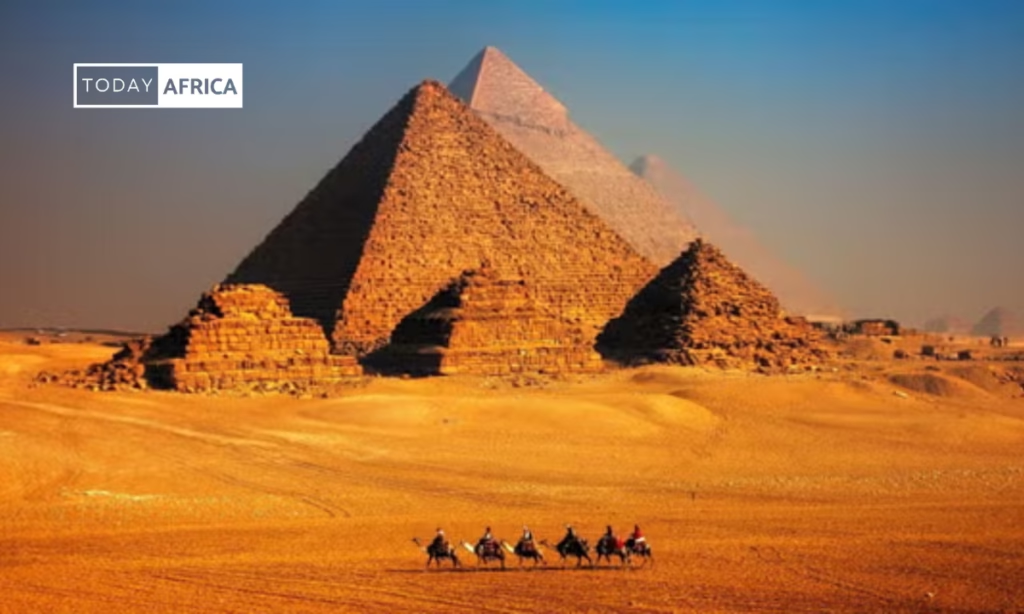
Arguably the most famous symbols of Egypt, the Pyramids of Giza and the Great Sphinx are must-visit attractions.
- The Great Pyramid of Khufu (Cheops): Constructed over 4,500 years ago, this pyramid is the largest and most impressive of the three. Its nearly perfect geometry and colossal scale leave visitors in awe.
- The Pyramid of Khafre (Chephren): Slightly smaller but equally striking, this pyramid is accompanied by the Great Sphinx—a monumental statue with the body of a lion and the face of a pharaoh.
- The Pyramid of Menkaure: Though the smallest of the three, it completes the trio that has captivated tourists and historians for centuries.
Visiting these ancient wonders not only offers a glimpse into Egypt’s past but also provides panoramic views of the surrounding desert and the modern Cairo skyline in the distance.
2. Temples of Luxor and Karnak
Luxor, often called the world’s greatest open-air museum, is home to some of Egypt’s most significant temples.
- Luxor temple: This temple complex, built during the New Kingdom, is renowned for its impressive colonnades and beautifully carved hieroglyphs.
- Karnak temple complex: One of the largest religious complexes in the world, Karnak is a labyrinth of sanctuaries, pylons, and obelisks dedicated to the gods of ancient Thebes.
Wandering through these temple ruins, visitors can almost hear the echoes of ancient rituals and ceremonies, providing a profound connection to Egypt’s spiritual heritage.
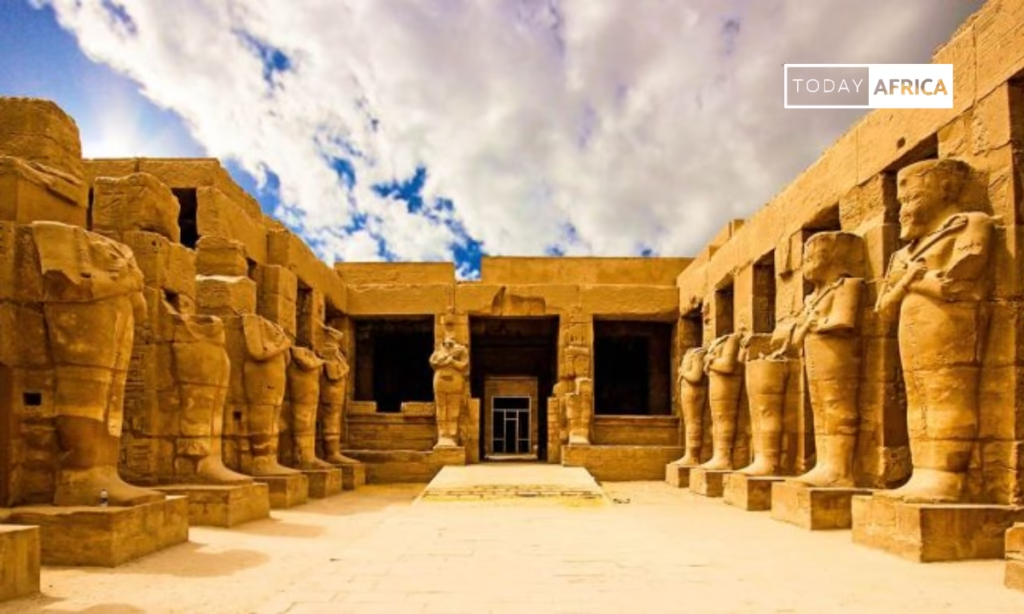
3. The Valley of the Kings and Queens
Located on the west bank of the Nile in Luxor, the Valley of the Kings is the burial ground of pharaohs, including the famous Tutankhamun.
- Tomb of Tutankhamun: Discovered in 1922 by Howard Carter, the nearly intact tomb of the boy king is one of the most significant archaeological finds in history.
- Other royal tombs: The valley is home to over 60 tombs, each adorned with intricate wall paintings and hieroglyphs that detail the journey to the afterlife.
A visit to the Valley of the Kings is both a moving tribute to Egypt’s ancient rulers and an educational experience that highlights the artistry and beliefs of the New Kingdom era.
4. Abu Simbel temples
Located near the border with Sudan, the Abu Simbel temples are a marvel of ancient engineering.
- Ramses II’s temple: Carved into a mountainside during the reign of Ramses II, this temple complex is famous for its massive statues and dramatic reliefs.
- Sun festival: Twice a year, the rising sun illuminates the inner sanctum of the temple, aligning perfectly with the statues—a spectacle that continues to fascinate visitors.
The relocation of the Abu Simbel temples in the 1960s to save them from the rising waters of Lake Nasser is an achievement that underscores Egypt’s commitment to preserving its heritage.
Read Also: 19 Things to Do in Kigali Rwanda This Year
Cultural and Modern Tourist Attractions in Egypt
While ancient monuments are the cornerstone of Egypt’s allure, the country also offers modern attractions that cater to diverse interests—from shopping in vibrant markets to relaxing on sun-drenched beaches.
1. Egyptian Museum, Cairo
Situated in Tahrir Square, the Egyptian Museum in Cairo houses the world’s most extensive collection of ancient Egyptian artifacts. The museum boasts treasures from the tomb of Tutankhamun, mummies, statues, and a vast array of relics that chronicle the history of Egypt.
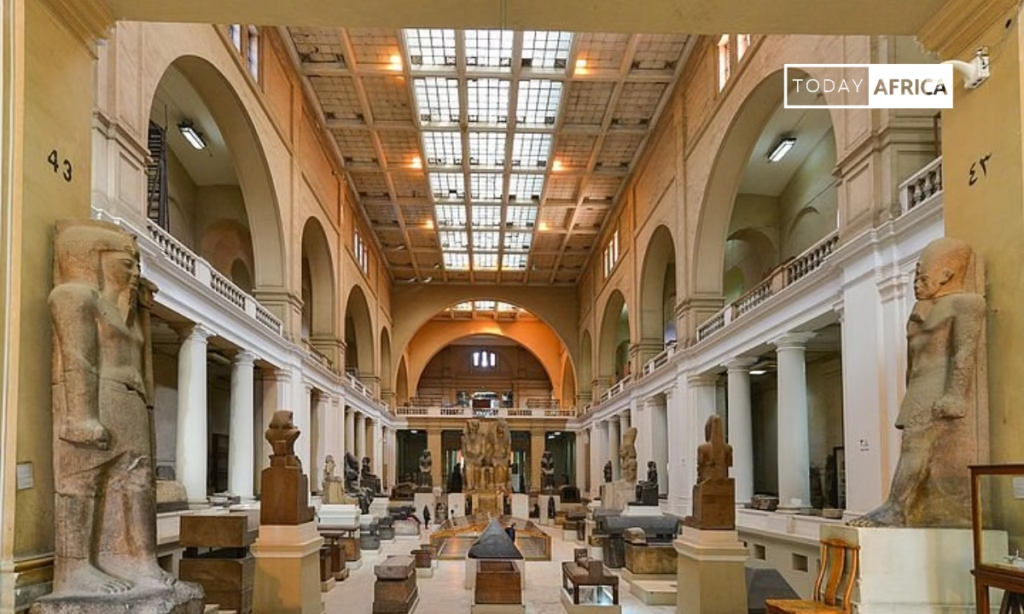
With multimedia presentations and interactive displays, the museum offers a dynamic and engaging way to learn about ancient Egypt. The Egyptian Museum is essential for anyone looking to understand the full breadth of Egypt’s historical legacy.
2. Khan el-Khalili bazaar
This centuries-old market is a maze of narrow alleys lined with shops selling spices, jewelry, textiles, and traditional handicrafts. Enjoy a cup of mint tea or traditional Egyptian coffee at one of the many cafes that dot the bazaar, and take home unique souvenirs to remember your trip
3. Nile River cruises
No trip to Egypt is complete without experiencing the Nile—a lifeline that has nurtured civilization for millennia. Many travelers opt for luxury Nile cruises that offer all-inclusive packages, complete with guided tours of historical sites along the riverbanks. For a more intimate experience, consider a traditional felucca ride. These sailboats offer a peaceful way to enjoy the scenic beauty of the Nile, especially at sunset.
4. Red Sea resorts
Beyond the ancient monuments, Egypt’s Red Sea coast is renowned for its modern resorts and stunning beaches.
- Hurghada: Known for its crystal-clear waters and excellent diving and snorkeling opportunities, Hurghada is a favorite among water sports enthusiasts.
- Sharm El Sheikh: This resort town offers a blend of luxury accommodations, vibrant nightlife, and world-class diving sites.
- Dahab and El Gouna: For those seeking a quieter retreat, these destinations provide beautiful beaches, relaxed atmospheres, and plenty of opportunities for outdoor adventures.
5. Modern architectural marvels
In addition to its ancient treasures, Egypt is also investing in modern tourism projects that add to its appeal.
- Grand Egyptian Museum (GEM): Set to become the world’s largest archaeological museum, the GEM near the Pyramids of Giza will house over 100,000 artifacts. Its state-of-the-art facilities and multimedia presentations make it a must-see attraction.
- Cairo Eye: Although still under construction, Cairo Eye is designed to be Africa’s largest observation wheel. It will offer panoramic views of Cairo, including iconic landmarks like the Cairo Tower and the distant pyramids.
Read Also: Budget Travel to Egypt This Year: The Ultimate Guide
Planning Your Itinerary: 10-day Egypt Adventure
For travelers looking to experience the best tourist attractions in Egypt, here is a sample itinerary that covers ancient history, cultural immersion, and modern leisure.
1st – third day: Cairo and Giza
- Arrive in Cairo and settle into your hotel. Spend your afternoon exploring the Egyptian Museum to gain insight into Egypt’s ancient history.
- Visit the Pyramids of Giza and the Great Sphinx. Consider hiring a guide to explain the historical significance and architectural marvels of these structures.
- Explore Cairo’s Islamic and Coptic quarters. Wander through Khan el-Khalili Bazaar, visit the Mosque of Muhammad Ali Pasha in the Citadel, and enjoy a traditional meal at a local restaurant.
Fourth – sixth day: Luxor and the Nile
- Fly to Luxor and check into your hotel. Begin with a visit to the Luxor Temple and Karnak Temple Complex, taking in the grand scale and intricate carvings.
- Spend the day on the West Bank visiting the Valley of the Kings and Queens. Marvel at the tombs and learn about the ancient Egyptian beliefs in the afterlife.
- Enjoy a leisurely Nile cruise from Luxor to Aswan. Along the way, stop at smaller temples and enjoy the scenic views of the riverbanks.
Seventh – eighth day: Aswan and Abu Simbel
- Arrive in Aswan and visit local attractions such as the Philae Temple and the Unfinished Obelisk. Enjoy the relaxed atmosphere of this charming riverside town.
- Take a day trip to Abu Simbel. Witness the grandeur of Ramses II’s rock temples and, if timed right, catch the sun festival when the morning sun illuminates the inner sanctum.
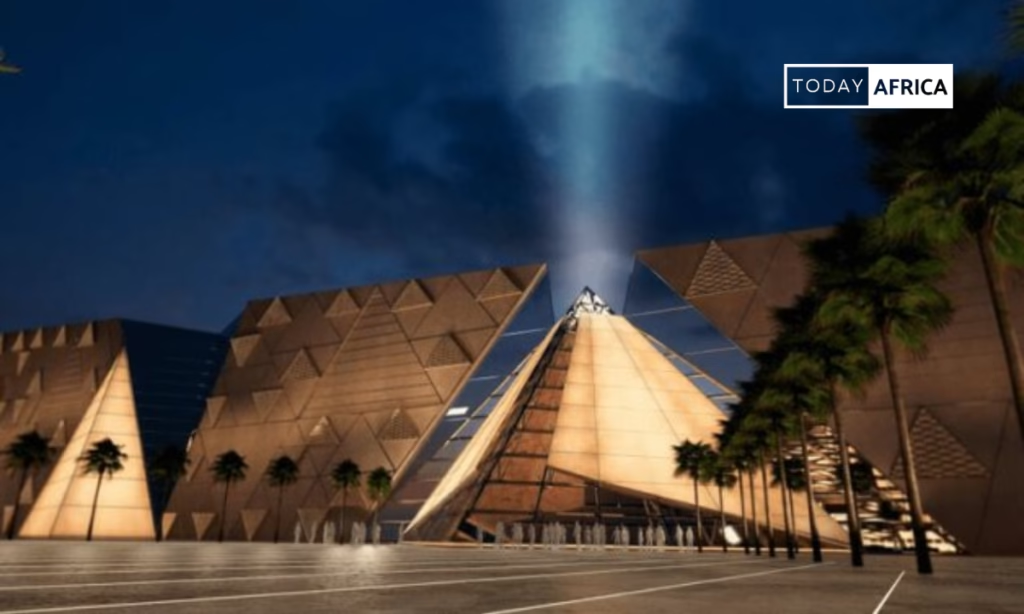
Ninth – tenth day: Red Sea relaxation
- Transfer to a Red Sea resort such as Hurghada or Sharm El Sheikh. Spend the day snorkeling, diving, or simply relaxing on the beach.
- Enjoy water sports or a guided tour of the local marine life before returning to Cairo for your departure flight.
This itinerary balances ancient history with modern leisure, ensuring you experience the best tourist attractions in Egypt while also having time to relax and absorb the local culture.
Read Also: 14 Tourist Attractions in Seychelles You Wouldn’t Want to Miss This Year
Conclusion
The best tourist attractions in Egypt provide a vibrant mosaic of experiences that span the ages. From the majestic pyramids and the mysterious Sphinx to the bazaars and serene Nile cruises, Egypt offers a diverse and unforgettable travel experience.
We explored Egypt’s ancient wonders, modern attractions, and practical travel tips, all designed to help you navigate one of the world’s most captivating destinations.
Frequently Asked Questions
What are the must-see attractions in Egypt?
The top attractions include the Pyramids of Giza, the Great Sphinx, Luxor’s temples (Luxor and Karnak), the Valley of the Kings, Abu Simbel, the Egyptian Museum in Cairo, and cultural experiences in Khan el-Khalili Bazaar. Additionally, Nile cruises and the Red Sea resorts offer unique experiences.
When is the best time to visit Egypt?
The best time is from October to April, with November being ideal due to pleasant temperatures and fewer crowds.
How safe is it to travel in Egypt?
Egypt is generally safe for tourists. As with any destination, exercise common-sense precautions—avoid unregulated tours, dress modestly, and stay informed about local travel advisories.
What currency is used in Egypt?
Egypt uses the Egyptian pound (EGP). Credit cards are accepted in many places, but cash is recommended for markets and small transactions.
Do I need a visa to visit Egypt?
Most visitors can obtain a visa on arrival or apply for an e-Visa online. Check the latest requirements before traveling.
Don’t forget to share your own experiences and tips in the comments below.
- Facebook: Today Africa
- Instagram: Today Africa
- Twitter: Today Africa
- LinkedIn: Today Africa
- YouTube: Today Africa Studio

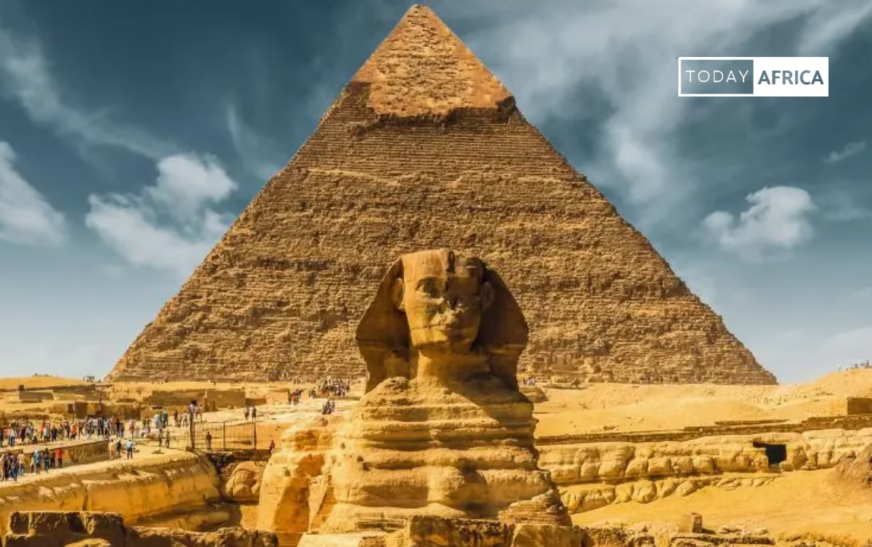





![15 Best Beaches in Morocco to See This Year [& Essential Packing List]](https://todayafrica.co/wp-content/uploads/2023/12/Blue-Simple-Dad-Appreciation-Facebook-Post-1200-×-720-px-6-9.png)
